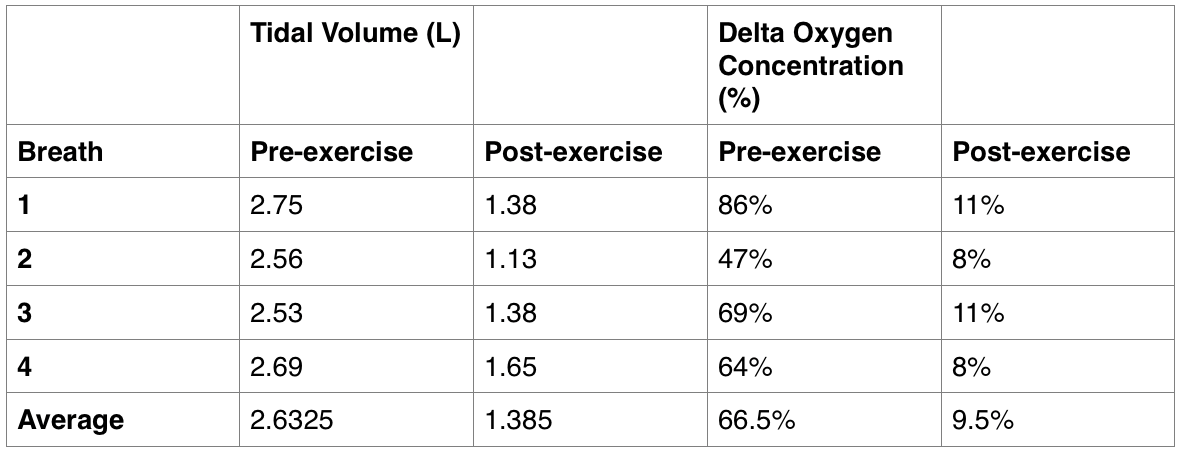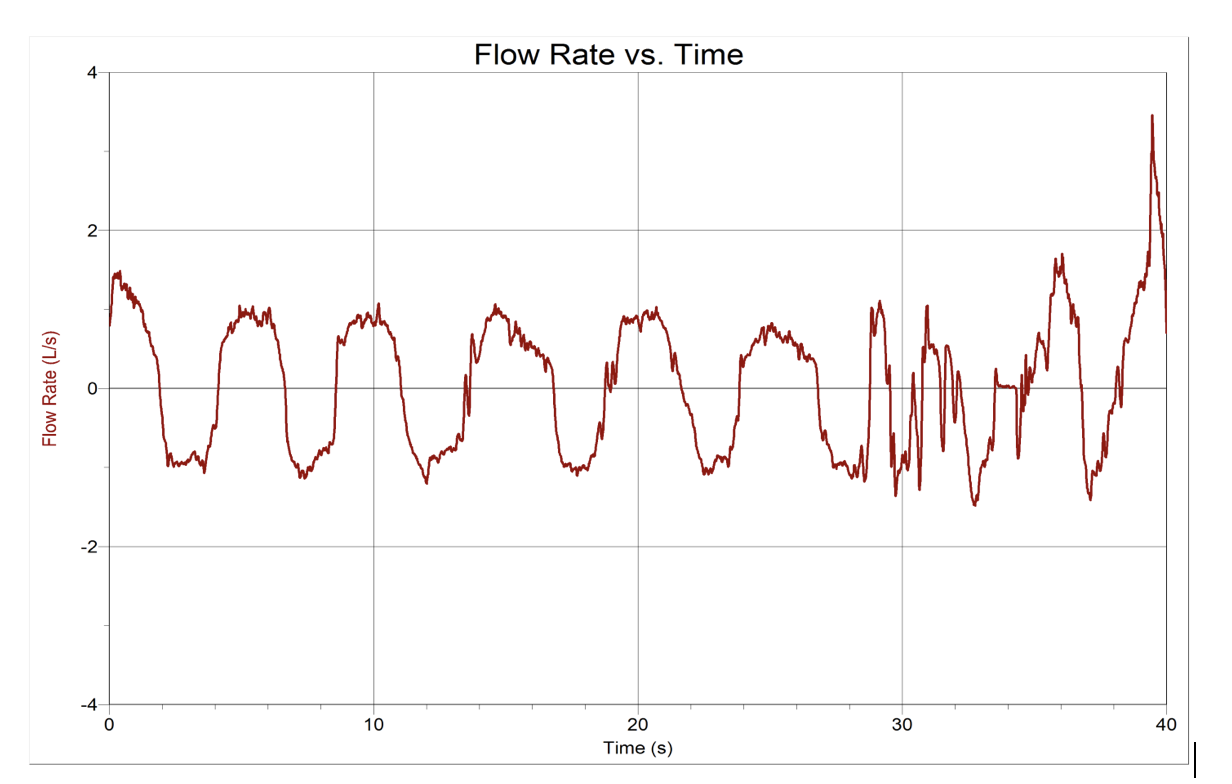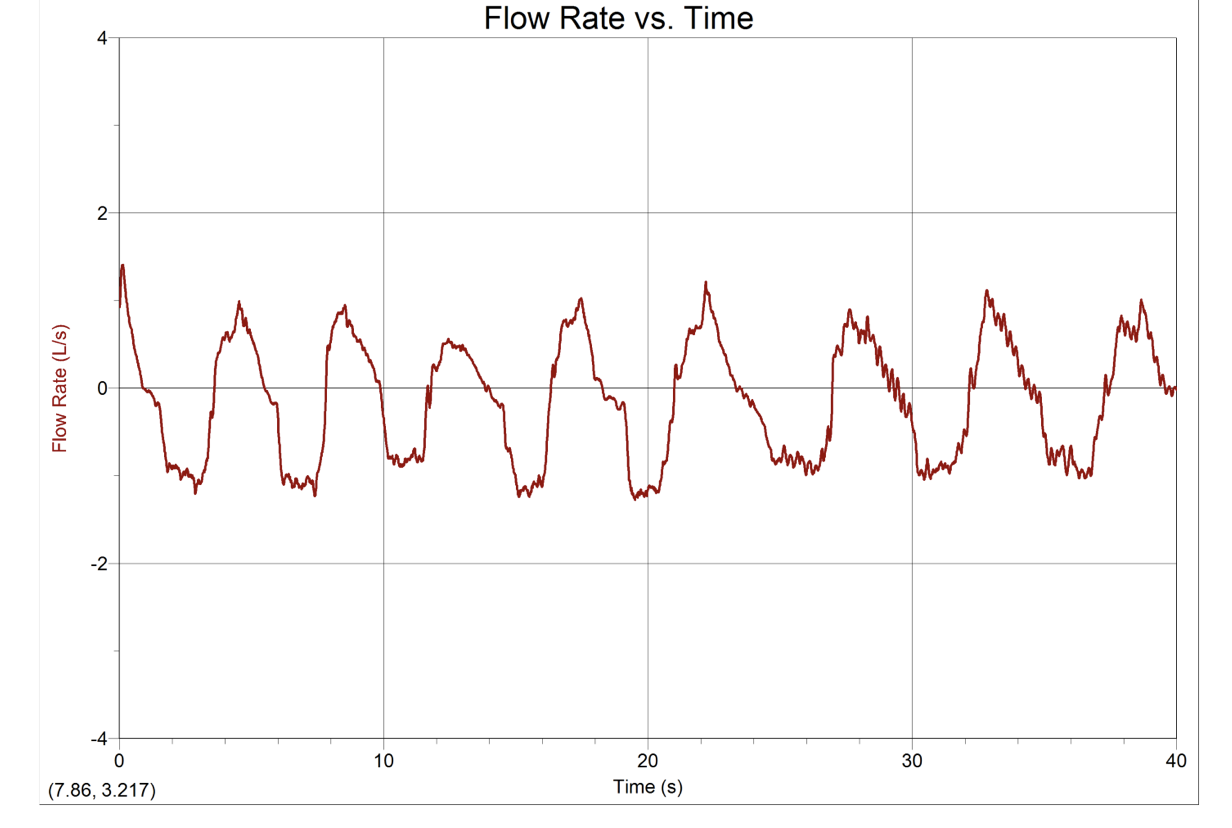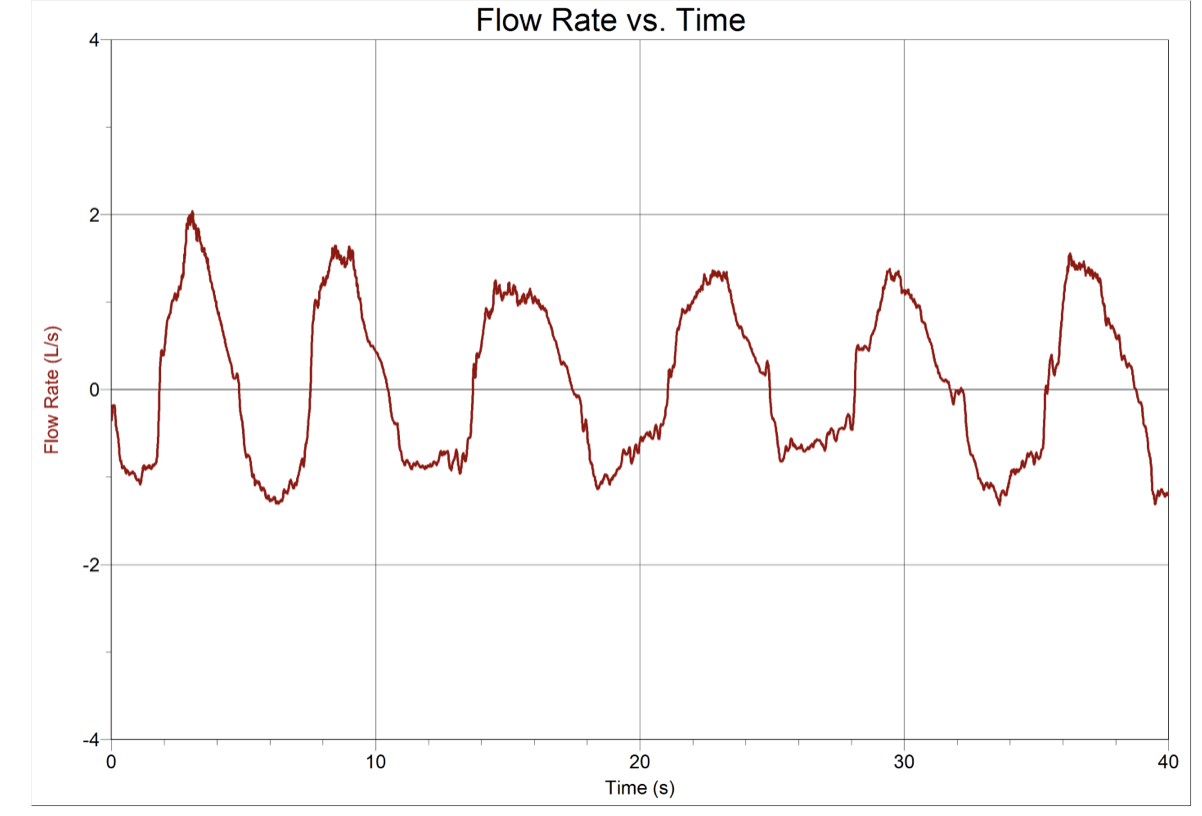
Oxygen & Aerobic Metabolism Lab Report
Friday, March 21, 2008

In this lab, we obtained graphical representation of tidal volume and change in O2 concentration with breathing at rest and after exercise, calculated oxygen consumption at rest and after exercise, and correlated our findings with clinical situations. Materials used in this lab included a computer, Vernier computer interface, Logger Pro, Vernier Spirometer, Vernier O2 Sensor, Vernier CO2-O2 Tee, a disposable bacterial filter, nose clip, and 4 cm PVC pipe. The procedure included assembling an apparatus, which we completed successfully. Next, I was chosen to breathe into the apparatus, inhaling and exhaling, so we could collect our data. Once the data was collected, we analyzed the data on the volume and time graphs. Next, we recorded the values shown on the graphs in a table. Next, I ran for a short period of time, and repeated the steps just outlined. I was breathing heavier because of exercising. We analyzed and recorded the data displayed after breathing into the apparatus post-exercise.


Both tidal volume and oxygen concentration numbers were significantly different when comparing pre and post-exercise results. After exercising, your heart rate speeds up and your breathing gets heavier because the body needs to consume more oxygen.
- The tidal volumes for the pre-exercise are all 2.5 and above. This means that the breaths were normal length. But post exercise the tidal volumes decreased. This is because you are taking quicker breaths because your heart rate is up. The tidal lengths for pre and post exercise are supposed to be different to show how your breathing if affected after raising you heart rate.
- Breathing both in and out is the reason they were not the same.
- Pre-exercise : (Oxygen concentration) x (tidal volume) = .665 x 2.6325 = 1.7506
Post-exercise: (.095) x (1.39) = .13205
Pre-exercise: (O2 consumed per breath) x (4 breaths) = .665 x 4 = 2.66
Post-exercise: (.095) x (4) = .38
- At rest, we expect the CO2 concentration to be around .4 at rest and .9 after exercise